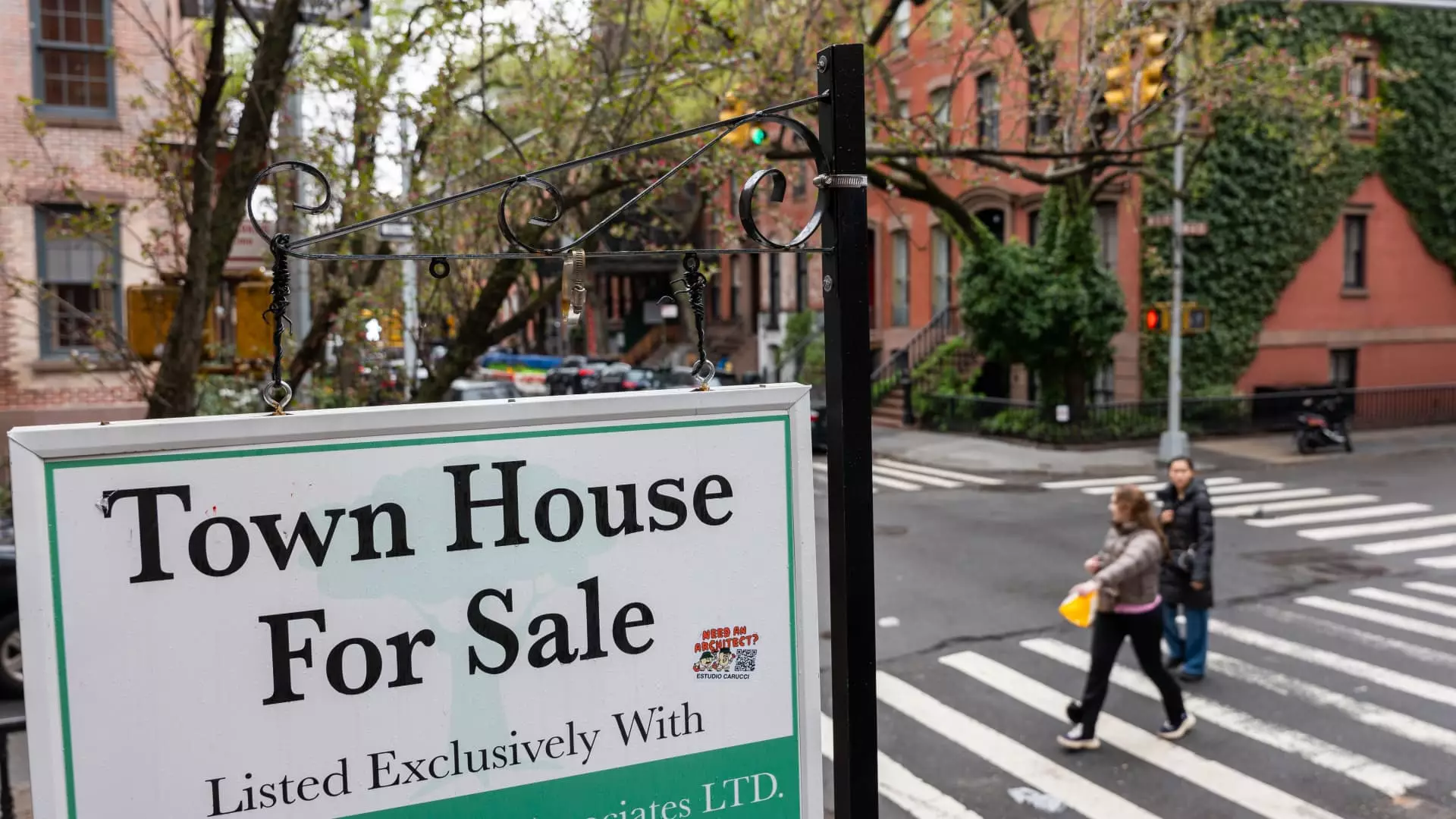The real estate market in Manhattan seems to be shifting towards a buyer’s market as apartment prices experienced a notable decline in the second quarter of 2024. Reports from Douglas Elliman and Miller Samuel indicate that the average sales price for real estate in Manhattan dropped by 3% to slightly over $2 million. Additionally, the median price saw a 2% decrease to $1.2 million, with luxury apartment prices also experiencing a decline for the first time in over a year. These price reductions can largely be attributed to the increase in the inventory of apartments available for sale, which are also taking longer periods to be sold.
Currently, Manhattan boasts more than 8,000 apartments for sale, surpassing the 10-year average of approximately 7,000 units. According to Jonathan Miller, CEO of Miller Samuel, this elevated inventory has resulted in a 9.8 month supply of apartments for sale. This supply-demand imbalance indicates that it would take close to 10 months to sell all apartments on the market without any new listings, signaling a definite shift towards a buyer’s market.
The decrease in prices and the surplus of unsold apartments in Manhattan stand in stark contrast to the national real estate landscape where limited supply has been consistently keeping prices high. Analysts suggest that the post-Covid era saw Manhattan real estate prices reaching unsustainable levels, prompting both buyers and sellers to adapt to a higher interest rate environment. This adjustment reflects a weakening resolve among buyers and sellers, with an increasing number of deals closing in the second quarter of 2024.
As the gap between buyer and seller expectations narrows, Manhattan has witnessed a rebound in sales activities. The second quarter of 2024 saw 2,609 transactions, representing a 12% increase from the previous year. This surge in sales activity can be attributed to high rents persisting in Manhattan, with the average rental price in May still hovering around $5,100 per month. The looming possibility of declining interest rates towards the end of 2024 or early 2025 has spurred many potential buyers who were previously renting to transition into the sales market.
Although prices across all segments of the Manhattan real estate market have declined, the luxury segment seems to be the most affected, with the wealthy population postponing purchasing decisions until post-election uncertainties clear up. The median sale prices in the luxury sector, representing the top 10% of the market, saw an 11% drop in the second quarter of 2024. Moreover, the listing inventory of luxury apartments experienced a significant 22% surge during the same period, indicating a potential trend towards weakened demand in this segment.
The Manhattan real estate market is witnessing a period of transition characterized by falling prices, increased inventory, and shifting buyer-seller dynamics. As market conditions continue to evolve, it will be interesting to observe how various factors such as interest rates, inventory levels, and external uncertainties impact the future trajectory of Manhattan’s real estate landscape.

